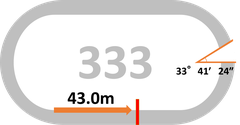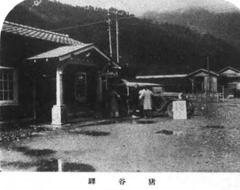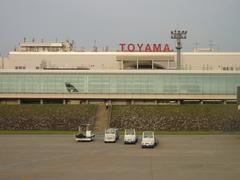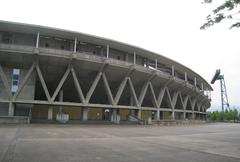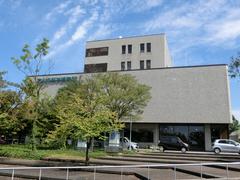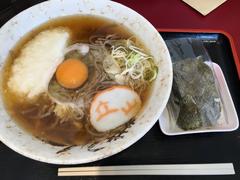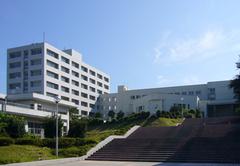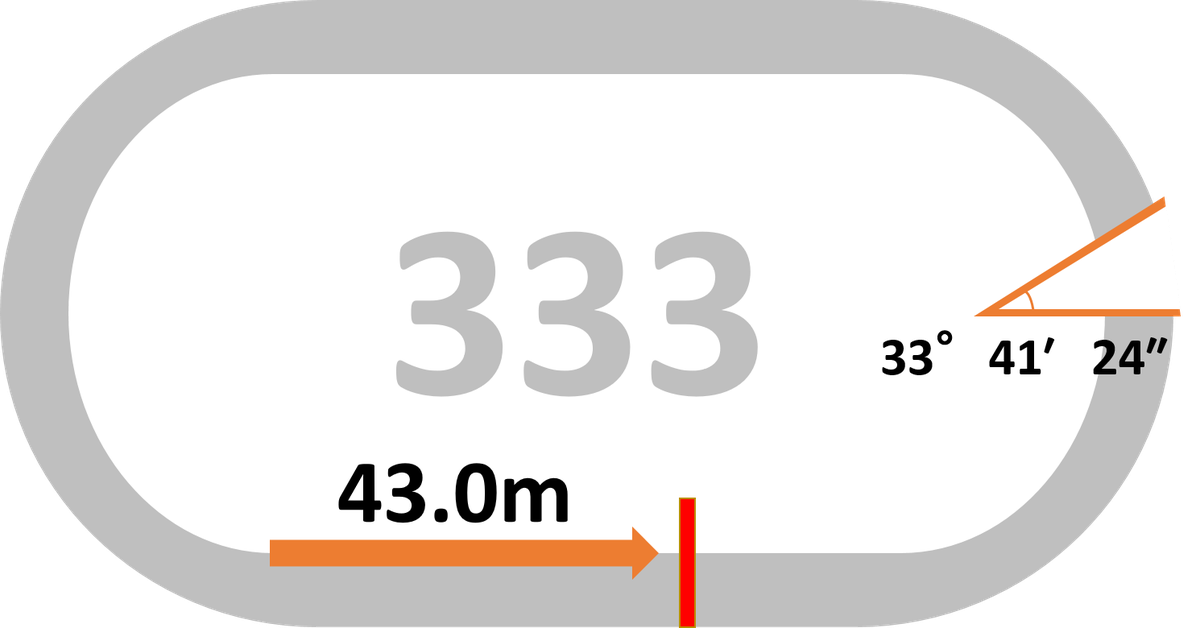
Toyama Velodrome Visiting Hours, Tickets, and Guide to Toyama Historical Sites
Date: 15/06/2025
Introduction
Located in the picturesque city of Toyama, Japan, Toyama Velodrome (富山競輪場) stands as a testament to the nation’s enduring love for cycling and its unique sporting culture. Established in the aftermath of World War II during Japan’s economic recovery, this iconic velodrome fuses tradition, community engagement, and modern sporting excellence. As one of the country’s earliest venues dedicated to keirin—a distinctive Japanese track cycling discipline—the Toyama Velodrome provides an immersive experience for both cycling aficionados and travelers eager to discover Toyama’s vibrant culture.
This guide offers a detailed look into visiting the Toyama Velodrome, including up-to-date information about visiting hours, ticket prices, accessibility, transport links, and integration with Toyama’s renowned historical and cultural attractions. Whether you’re a sports enthusiast, a family looking for a unique outing, or a visitor keen to explore Toyama’s heritage, this article will help you plan a memorable experience.
(icebike.org, tokyoweekender.com, royumi.com, japan.travel, keirin-station.com, toyama-keirin.com)
Table of Contents
- History and Cultural Significance
- Architectural Features and Facilities
- Visiting Hours and Ticket Information
- Accessibility and Visitor Services
- Keirin Racing and Community Impact
- Integration with Toyama’s Tourism
- Culinary and Retail Experiences
- Digital and Media Resources
- Practical Tips & FAQ
- Summary and Recommendations
- Sources and Further Reading
History and Cultural Significance
Established in the early 1950s, Toyama Velodrome was constructed during a nationwide keirin boom that followed the sport’s 1948 inception. Keirin quickly became a national phenomenon, combining high-speed racing with regulated betting, and Toyama’s facility was designed to national standards to support both local and major events (icebike.org). Over the decades, the velodrome has played a critical role in nurturing regional cycling talent and fostering community spirit. Its ongoing commitment to inclusivity, sustainability, and digital innovation has cemented its place as a Toyama landmark.
Architectural Features and Facilities
Track and Seating
The main feature is a 400-meter banked oval track, constructed with modern, high-grip materials for speed and safety. Spectator facilities include a grandstand with tiered seating for several thousand, as well as premium viewing boxes and standing zones. The covered structure protects against Toyama’s variable weather, while panoramic windows offer stunning views of the Tateyama Mountain Range.
Amenities
- Information Desks: Multilingual support for visitors
- Accessibility: Ramps, elevators, accessible restrooms, and reserved seating
- Food & Beverage: Local specialties, fast food stands, and a Korean restaurant
- Retail: Shops for cycling-themed souvenirs and Toyama crafts
- Guidance Corner: For newcomers to keirin, with staff explaining rules and betting
Sustainability
Solar panels, energy-efficient lighting, and rainwater harvesting reflect Toyama’s environmental consciousness.
Visiting Hours and Ticket Information
- Race Days: Open typically from early afternoon until evening (hours vary by event)
- Non-Race Days: Limited access; general admission is free
Ticket Prices:
- General admission: 50 yen (race days)
- Special seats (main stand): 1,000 yen
- Special seats (other corners): 800 yen
- Non-race days: Free admission; 500 yen for special seats
Tickets can be purchased on-site or online via the official Toyama Keirin website. Early arrival is advised for popular events. Discounts are often available for children, seniors, and groups. (keirin-station.com)
Accessibility and Visitor Services
Toyama Velodrome prioritizes accessibility:
- Wheelchair-friendly pathways and seating
- Ample parking for over 2,000 vehicles
- Guidance and assistance for visitors with disabilities
- Family-friendly zones and children’s cycling areas
The venue is conveniently located near Toyama Station, with direct light rail access (get off at “Keirinjo-mae” for a one-minute walk). Shuttle buses from outlying districts are available on race days.
Keirin Racing and Community Impact
Keirin is central to the velodrome’s identity, offering both professional racing and legal pari-mutuel betting in a controlled, family-friendly setting. Toyama Velodrome regularly hosts national and regional keirin events, as well as annual highlights like the “Osaka-Kansai Expo Memorial Keirin” and “Toyama Memorial GIII.” The facility also organizes youth clinics, cycling workshops, and community festivals, nurturing the next generation of cyclists and strengthening local engagement (royumi.com).
Integration with Toyama’s Tourism
Nearby Historical Sites
The velodrome’s central location makes it easy to combine a race day with visits to:
- Toyama Castle Park: Historic site and city landmark
- Toyama Glass Art Museum: Showcasing local craftsmanship
- Iwase District: Well-preserved Meiji-era port
- Fugan Canal Kansui Park: Scenic waterway and modern architecture
All sites are accessible via public transport or short taxi rides from the velodrome (japan.travel).
Regional Excursions
Toyama is a gateway to the Tateyama Kurobe Alpine Route and the Japanese Alps—ideal for combining sporting events with outdoor adventures. Tourism offices at Toyama Station offer package deals that include keirin events and local sightseeing (tokyoweekender.com).
Culinary and Retail Experiences
- Local Cuisine: On-site food outlets serve Toyama’s famed white shrimp, firefly squid, and “black ramen”
- Souvenirs: Purchase glassware, traditional medicines, and sake at the velodrome or nearby shopping centers (Visit Toyama)
Digital and Media Resources
- Official Website: toyama-keirin.com
- Live Streaming: Watch races online via the official site
- Social Media: Follow for updates and behind-the-scenes content
- Virtual Tours and Images: Preview the velodrome experience with online galleries and interactive maps
The velodrome’s integration with Toyama’s wider tourism campaigns has contributed to its international recognition, including a spot on The New York Times’ “52 Places to Go in 2025” (tokyoweekender.com).
Practical Tips & FAQ
- Check Schedules: Confirm race days and hours on the official website
- Arrive Early: Secure the best seats and enjoy pre-race activities
- Use Public Transport: Light rail and trams offer scenic, efficient access
- Combine Visits: Explore nearby historical and cultural sites
- Family-Friendly: Participate in kids’ zones, workshops, and open days
Frequently Asked Questions
Q: What are the Toyama Velodrome visiting hours?
A: Hours vary by event; typically open from early afternoon on race days. Check the official website for details.
Q: How do I buy tickets?
A: Purchase at the venue or online. Prices vary by seat and event type.
Q: Is the venue accessible for people with disabilities?
A: Yes, it is wheelchair-friendly with accessible amenities.
Q: Are there activities for families and children?
A: Yes, including workshops, children’s cycling, and special events.
Q: What historical sites are nearby?
A: Toyama Castle Park, Glass Art Museum, Iwase District, and Kansui Park.
Summary and Visitor Recommendations
Toyama Velodrome is more than a sporting venue; it’s a dynamic cultural landmark at the heart of Toyama City’s tourism and community life. Its modern facilities, accessible design, and integration with local attractions make it a must-visit for anyone interested in Japanese culture, sport, or history. Affordable ticketing, convenient transport, and a rich event calendar ensure a rewarding experience for visitors of all ages.
With Toyama’s growing prominence as a travel destination, the velodrome serves as a gateway to the region’s scenic beauty, historical sites, and culinary treasures. Plan your visit today by consulting the latest event schedules and exploring the diverse offerings of Toyama City and its surroundings. (tokyoweekender.com, royumi.com, toyama-keirin.com, japan.travel)
